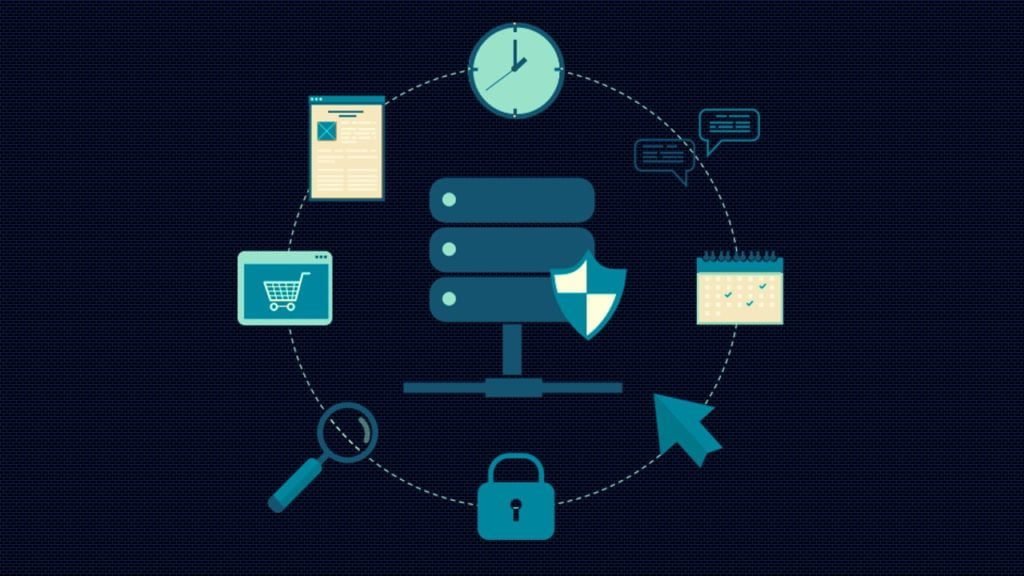Operations management is the business function that responds to planning, organizing, coordinating and controlling the resources needed to produce a company’s products and services. The operations function can be connected to other functional operations within the organization such as marketing, finance, human resource and etc. The process of changing inputs into outputs thereby adding value to some entity. Right quality, right quantity, right time and right price are the four basic requirements of the customers and as such, they determine the extent of customer satisfaction. Do you study to learn: If Yes? Then read the lot. Let’s Study: Explanation of the Major Elements of Operations Management.
The concept of Elements Discussing the topic: Explanation of the Major Elements of Operations Management.
The operations manager is the person who supervised the production, makes the decision on operations processes and regarding connecting into other functional areas. Thus, today every company realized that operations management is important and also agreed that is the main core function to organize their organization. So it can be described that all functional areas undertake operations activities because they all produce the services and goods.
The Major elements of Operations Management:
The following elements are below.
Selection and Design:
The right kind of products and good designs of the products are crucial for the success of an organizing. A wrong selection of the product and/or poor design of the products can render the company’s operation ineffective and non-competitive. Products/services, therefore, must be chosen after a detailed evaluation of the product/services alternatives in conformity with the organization’s objectives. Techniques like value engineering may be employed in creating alternate designs, which are free from unnecessary features and meet the intended functions at the lowest cost.
The Process, Selection, and Planning:
Selection of the optimal “conversion system” is as important as the choice of products/services and their design. Process selection decisions include decisions concerning the choice of technology, equipment, machines, material handling systems, mechanization, and automation. Process planning involves detailing of processes if resource conversion required and their sequence.
Plant location:
Plant location decisions are strategic decisions and once the plant is set up at a location, it is comparatively immobile and can be shifted later only at a considerable cost and interruption of production. Although the problem of location choice does not fall within preview the production function and it occurs infrequently, yet it is of crucial importance because of its major effect on the performance of every department including production. Therefore, it is important to choose the right location, which will minimize the total “delivered customer” cost (Production and distribution cost). Locational decisions involve evaluation of locational alternatives against the multiplicity of relevant factors considering their relative importance to the organization and selecting those, which are operationally advantageous to the organization.
Facilities layout and materials handling:
Plant layout is concerned with the relative location of one department (Work center) with another in order to facilitate material flow and processing of a product in the most efficient manner through the shortest possible time. A good layout reduces material handling cost, eliminates delays and congestion, improves coordination, provide good housekeeping etc. while a poor layout results in congestion, waste, frustration, inefficiency, and loss of profit.
The Planning of capacity:
Capacity planning concerns determination and acquisition of productive resource to ensure that their availability matches the demand. Capacity decisions have a direct influence on the performance of the production system in respect of both resource productivity and customer service (i.e. delivery performance). Excess capacity results in low resource productivity while inadequate capacity leads to poor customer service. Capacity planning decisions can be short-term decisions. Long-term capacity planning decisions concern expansion/contraction of major facilities required in the conversion process, the economics of multiple shift operation, development of vendors for major components etc. Short-term capacity planning decisions concern issues like overtime working, sub-contracting, shift adjustments etc. Break-even analysis is a valuable tool for capacity planning.
Production, Planning, and Control (PPC):
Production planning is the system for specifying the production procedure to obtain the desired output in a given time at optimum cost in conformance with the specified standard of quality, and control is essential to ensure that manufacturing takes place in the manner stated in the plan. Also learn, What is Planning?
Control of Inventory:
Inventory control deals with the determination of optimal inventory levels of raw materials, components, parts, tools; finished goods, spares, and supplies to ensure their availability with minimum capital lock up. Material requirement planning (MRP) and just in time (JIT) are the latest techniques that can help the firm to reduce inventory.
Assurance and Control of Quality:
Quality is an important aspect of the production system and it must ensure that services and products produced by the company conform to the declared quality standards at the minimum cost. A total quality assurance system includes such aspects as setting standards of quality, inspection of purchased and sub-contracted parts, control of quality during manufacture and inspection of finished product including performance testing etc.
Work-study and Job design:
Work-study, also called time and motion study, is concerned with the improvement of productivity in the existing jobs and the maximization of productivity in the design of new jobs. Two principal component of work-study is Method study and Work Measurement.
Maintenance and replacement:
Maintenance and replacement involve selection of optimal maintenance (preventive and/or breakdown) policy to ensure higher equipment availability at minimum maintenance and repair cost. Preventive maintenance, which includes preventive inspection, planned lubrication, periodic cleaning and upkeep, planned replacement of parts, condition monitoring of the equipment and machines, etc. is most appropriate for critical machines.
Reduction and Control of Cost:
Effective production management must ensure the minimum cost of production and in this context cost reduction and cost control acquire significant importance. If you know what is the cost of capital also help for control. There is a large number of tools and techniques available that can help to make a heavy dent on the production cost.

